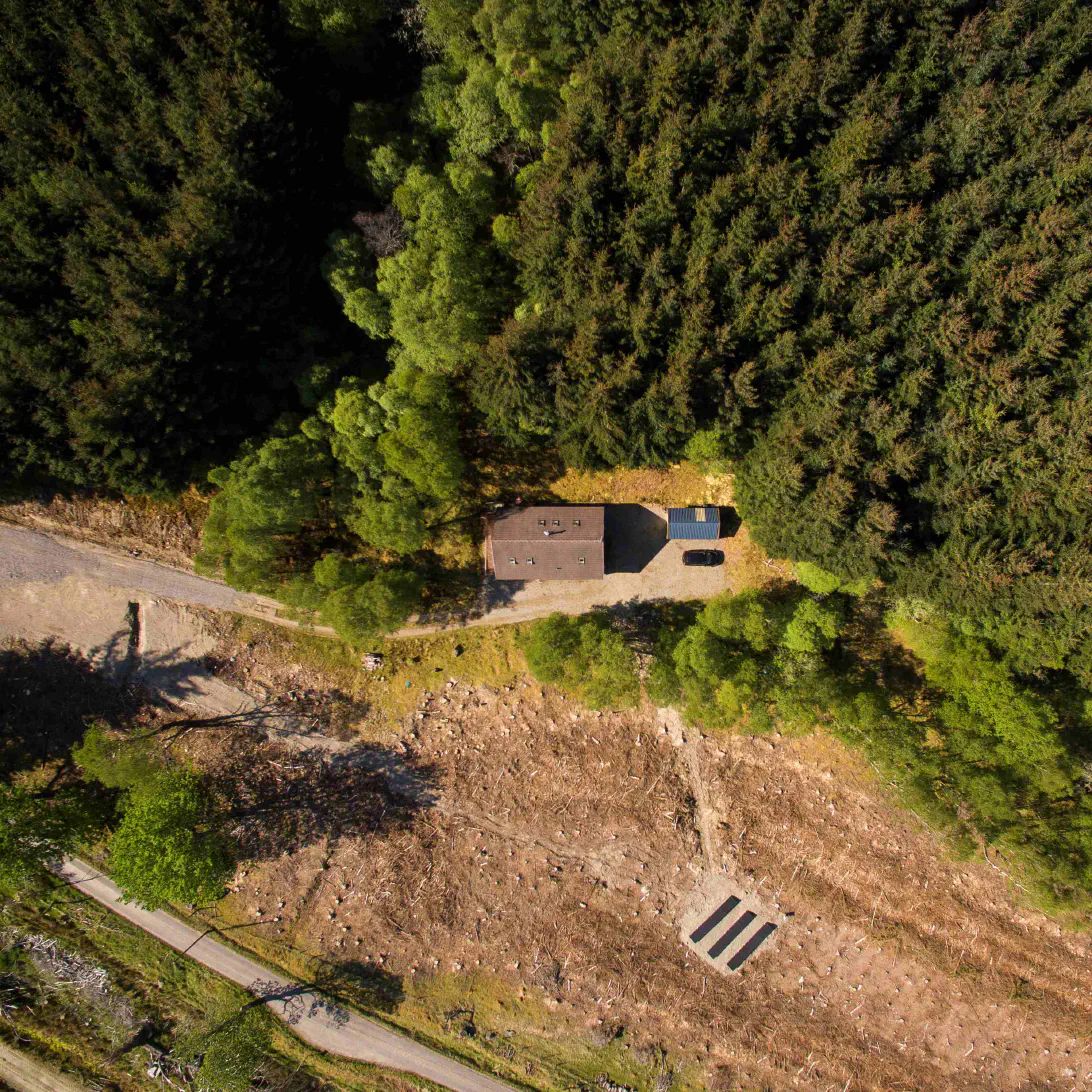Missing Species
How has Missing Species of Northern England

Year three of the of the Natural Capital Lab (NCL) - our ambitious research project in partnership with AECOM, landowners Emilia and Roger Leese, and the University of Cumbria – has come to an end. The project centres around adopting the IUCN CEM Rewilding Principles at Birchfield, a 100-acre estate in Scotland, to explore how nature-based solutions can help to tackle the climate and biodiversity crises.
Alongside the rewilding process, the NCL was set up as an experimental testbed for trialling cutting edge research techniques, innovative technologies and new ways of understanding and communicating about rewilding. Our full report on its third year documents the progress we’ve made in rewilding Birchfield, understanding the ecosystems on the site, trialling new processes, and connecting people with the environment.
Using technology to understand ecosystems
In year three, we installed more data collection equipment on the site to help us remotely monitor and understand the species there, including camera traps and audio moths. We worked with NatureMetrics to pilot the use of air DNA collection, which involves analysing air samples to identify which species are on the site, and used satellite imagery and data to explore more accurate approaches to quantifying the carbon sequestration and storage associated with trees across site.
Missing species
Building towards further rewilding of the site, Alan Watson Featherstone produced a report on the feasibility of the reintroduction of priority species to the site. The report lists nine priority species for reintroduction, including European beaver, osprey, freshwater pearl mussel, and Scots pine.
Not forgetting fungi
As stated in David Satori’s report for the NCL, “fungi are staggeringly underrepresented in conservation and biodiversity frameworks”. The baseline survey by David (of Rewilding Mycology) found 156 of fungi on the site including chanterelles, porcini, and deer truffles – which had been nibbled by red squirrels.
Nature in film
The NCL at Birchfield was the set for the short British horror film, The Lies of our Confines, from writer and director Leon Oldstrong. The film is a fresh and exciting take on both the horror genre and Black youth culture, which seeks to avoid common stereotypes of Black men and boys. It was made with a majority Black British cast and crew, and wherever possible the crew was composed of women. This community engagement reflects one of the project’s goals to inspire people from all backgrounds to connect with the environment.
Read the full report here, and find out more about the project on our Natural Capital Laboratory page.
NCL Year 3 Report
How has Missing Species of Northern England
White-Tailed Eagles
The Rewilding Law Hub is a legal resource centre for rewilders around the world